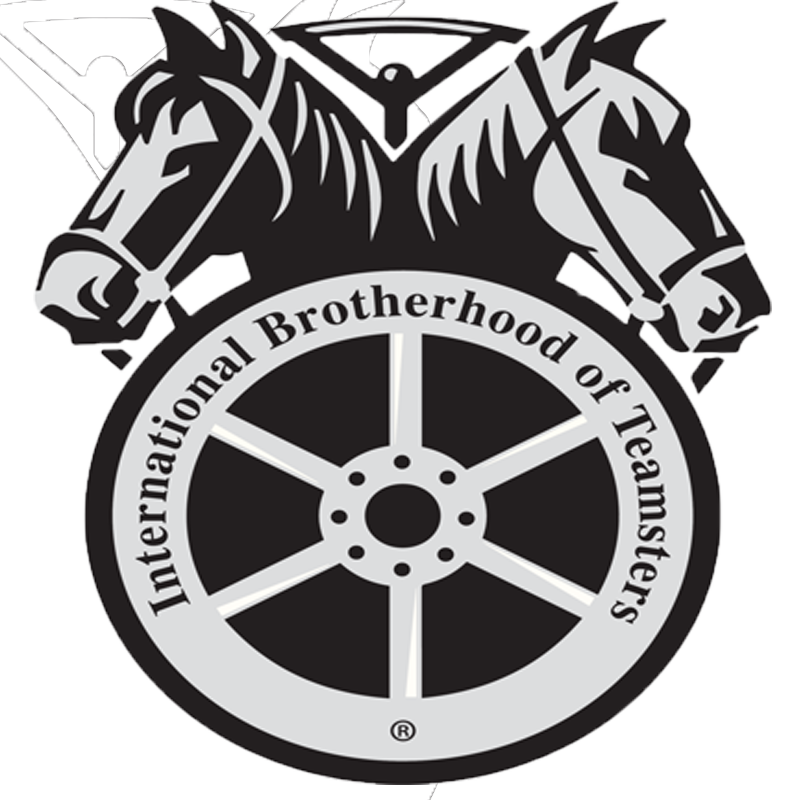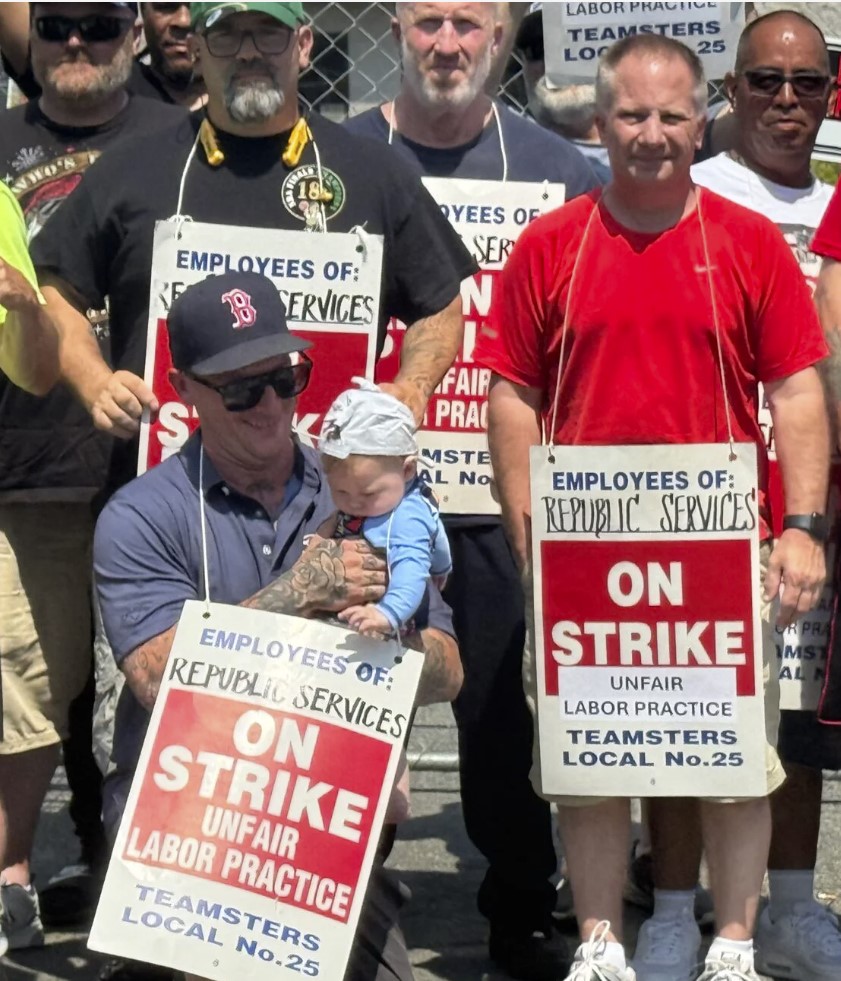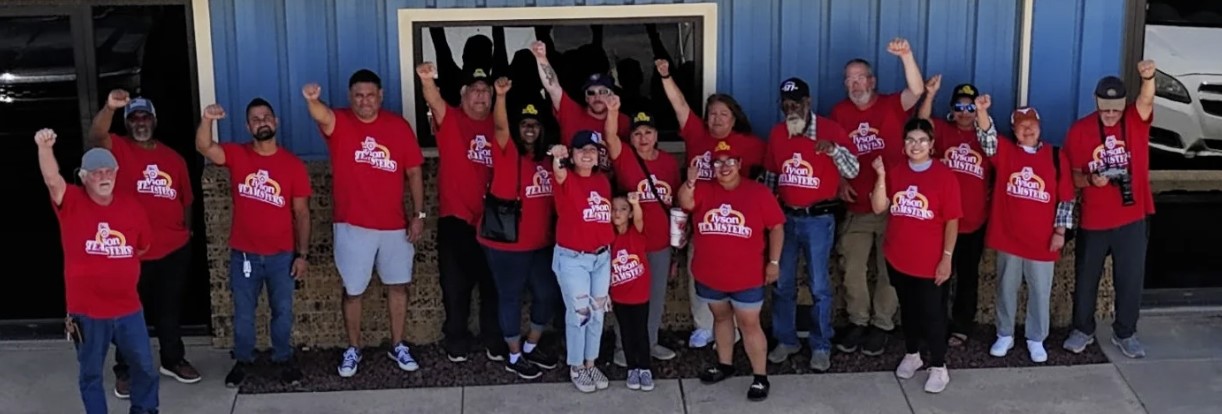-
STRENGTH
UNITY
SOLIDARITY
July 11, 2025 Upcoming Events
Sep 14 Sun Monthly Union Meeting
Sep 14, 2025Teamsters Local 570 Union HallOct 12 Sun Monthly Union Meeting
Oct 12, 2025Teamsters Local 570 Union HallNov 09 Sun Monthly Union Meeting
Nov 09, 2025Teamsters Local 570 Union HallDec 14 Sun Monthly Union Meeting
Dec 14, 2025Teamsters Local 570 Union HallJan 11 Sun Monthly Union Meeting
Jan 11, 2026Teamsters Local 570 Union Hall






